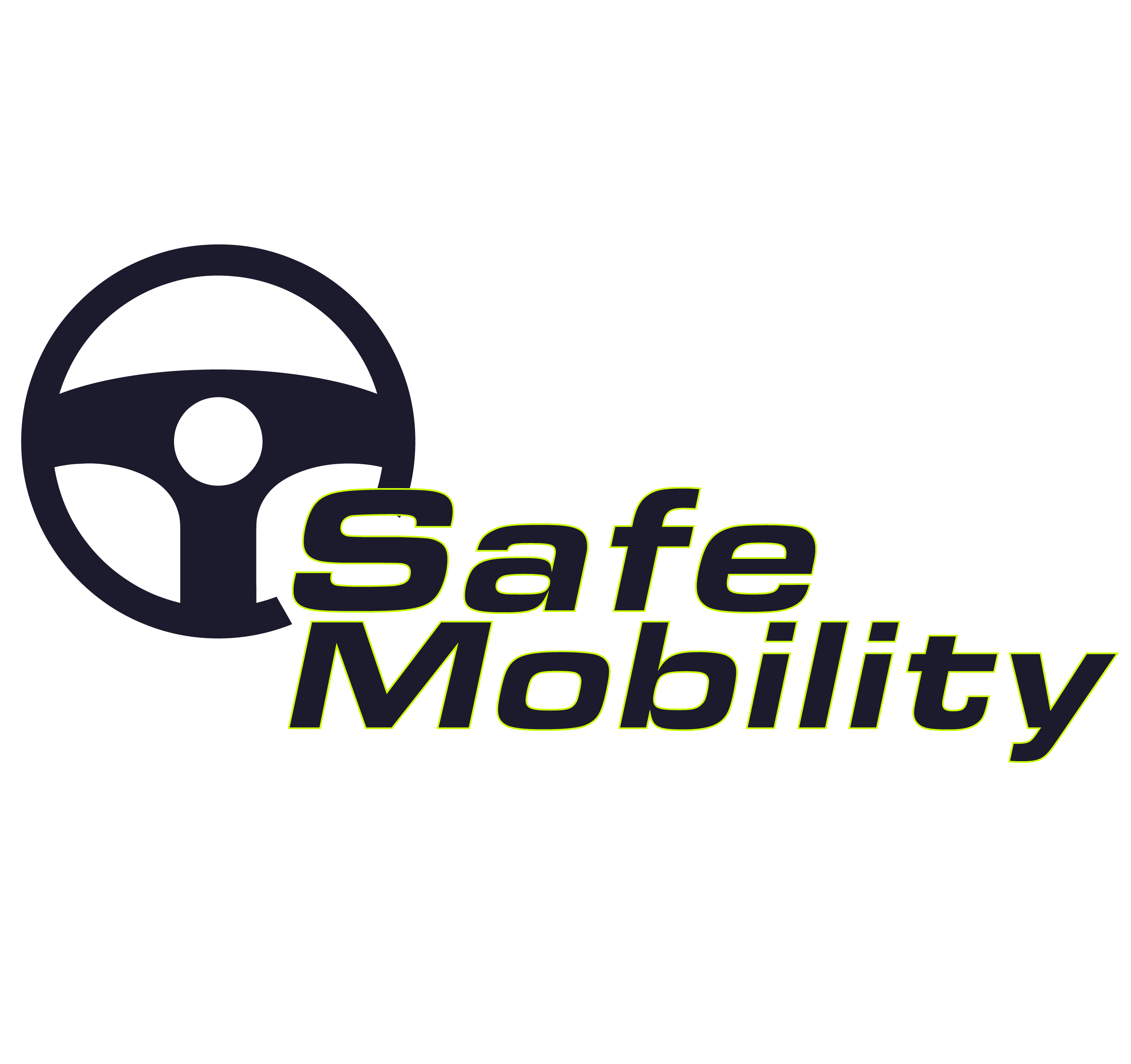- Dedicated lanes reserved for buses, bicycles, and potentially right-turning vehicles are called shared bus-bicycle lanes. Differences in the sizes and travel speeds of buses, vehicles, and bicycles may engender unsafe interactions and produce discomfort because buses and bicyclists are forced to compete for space near the curb. Bicycle visibility and the width of shared lanes can create issues as well. Shared bus-bicycle lanes are not ideal because buses and bicyclists are near one another when they execute passing maneuvers.
- Avoid establishing shared bus – bicycle lanes on roads with significant uphill grades or on roads with a high traffic volume of oncoming traffic.
- Table 29.4 provides basic design guidelines for shared bus – bicycle lanes.
| Table 29.4 Design Guidelines for Shared Bus – Bicycle Lanes | |
| Design Element | Guideline |
| Lane Widths |
|
| Signs and Signals |
|
| Markings |
|
CONTACT:
Chris VanDyke
Research Scientist | Program Manager
chrisvandyke@uky.edu


